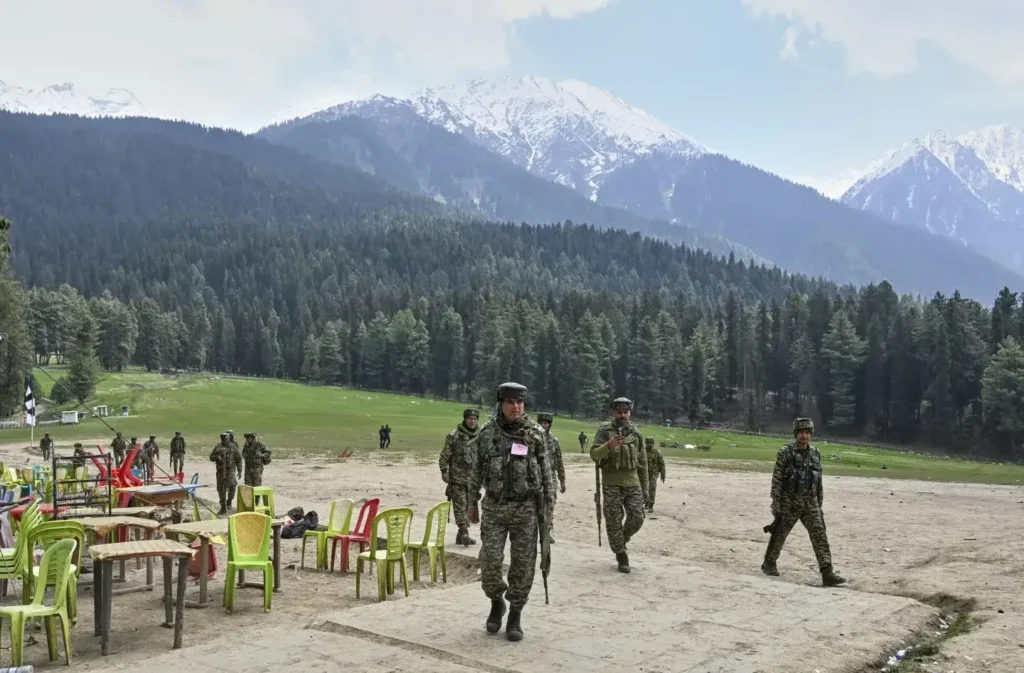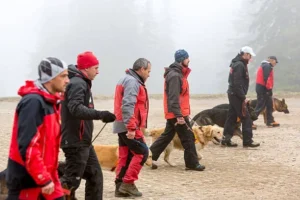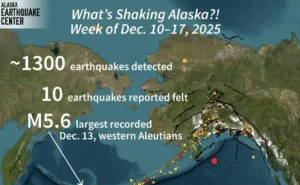A deadly Kashmir attack has reignited tensions between the nuclear-armed neighbors, drawing harsh diplomatic retaliation from New Delhi. On Tuesday, unidentified gunmen shot and killed 26 tourists in the Baisaran Valley near Pahalgam, including 25 Indians and one Nepali.
The attackers targeted civilians in a rare high-profile assault at the peak of the region’s tourist season. India responded swiftly by downgrading diplomatic ties, shutting a crucial border crossing, and suspending its participation in the Indus Water Treaty for the first time since 1960.
Prime Minister Narendra Modi vowed that those behind the killings would face severe punishment, promising justice in a public speech from Bihar.
A militant group called The Resistance Front (TRF) took responsibility for the attack online, calling the victims outsiders and criticizing alleged demographic changes in Kashmir. India has labeled TRF a terrorist organization and linked it to Lashkar-e-Taiba, which was behind the 2008 Mumbai attacks. Police named three suspects on Thursday, including two Pakistani nationals, and launched a region-wide manhunt.
The Indian government accused Pakistan of backing cross-border terrorism, a charge Islamabad firmly denied while planning a national security meeting. As violence rocked Pahalgam, business owners reported mass cancellations from tourists, wiping out peak season revenues.
Thousands protested across Kashmir and Indian cities, with some protests turning into anti-Pakistan rallies. The Indian government expelled Pakistani military advisors and restricted visas for Pakistani citizens, signaling a hardened stance.
Analysts warned that these actions, especially halting the Indus Water Treaty, could dangerously escalate hostilities. Pakistan’s Ministry of Power called the treaty suspension “an act of warfare,” insisting that Pakistan would defend its water rights politically and globally.
Observers fear that this attack could push both nations towards another military confrontation. With tensions high and political pressure mounting, the region remains on edge, watching closely for what could come next.












